Enchanter players in League of Legends have been eating very well over the past few years. From the addition of the cruel and cunning Renata Glasc to the still-controversial Yuumi post-rework and the re-emergence of Nami at the top of the meta thanks to a specific bot lane pairing, Riot Games has provided this class of support champions a handful of new tools and personalities that continue to draw intrigue from the wider community, further increasing the role’s popularity and accessibility.
But Riot took this one step further just a few weeks ago with the release of the game’s newest champion Milio, the Gentle Flame, an enchanter that, at first glance, seems rather straightforward and not game-breaking in the slightest. Yet in the fashion of many of the recent additions to League’s cast, this young, bombastic child from Ixtal has a powerful kit capable of completely turning around fights of any size.
While most enchanter supports can be chosen regardless of the ADC they are paired with in the bot lane, Milio solely prefers marksmen that innately have long auto-attack ranges like Caitlyn, Kog’Maw, and Jinx, otherwise forcing ADCs into particular build paths—highlighting a long-standing issue that many of the game’s marksmen have with rune choices.
Even so, Milio has sat around a 50 percent win rate and relatively normal pick/ban rates for a champion that was only added to the game a few weeks ago. While he did receive an initial hotfix nerf to tone down a bit of his poke, players are still actively looking for strategies that optimize the pick and see just how well he fits in with the rest of the cast.
Related: Milio’s early win rate indicates Riot released LoL champ in balanced state
In just two weeks on the Rift, Milio has captured the hearts of League fans—particularly support mains—and will likely remain a powerful option in most solo queue games (and eventually professional play) far into the future.
An easy-to-understand but hard-to-master kit
Much like the most-recently-released enchanter Renata Glasc, Milio has a pretty straightforward kit that is rather easy to pick up by any player but also possesses a steep mastery curve that separates those playing the champion for fun from those who truly know how he can turn a game in his favor.
Much of this mastery curve lies in his Q, fittingly named Ultra Mega Fire Kick, in which he kicks a fireball in a straight line that, when making contact with an enemy, bounces up and lands in an area-of-effect that slows champions hit. This ability has a pseudo-lock-on function, where if an enemy champion is nearby when the fireball jumps, it’ll bounce into their general vicinity—while also dealing a surprising amount of damage for such a simple ability.
Related: Here are all the abilities for Milio, LoL’s new support champion
But the secondary effect of this ability is what makes Milio so much more dynamic. If a champion is hit with the initial roll of the fireball, they’ll be knocked back. This can be used to stop any melee engage that Milio or his allies may come up against, including but not limited to the second activation of Thresh’s Q, Alistar’s W, and Leona’s E, effectively rendering most attempts at standard engage futile.
And the ability doesn’t feel too clunky, either. While its cast range may be deceptive at first, it acts as a great poking tool for early-game trades, though may be a bit disruptive for allies attempting to farm as it does push minions hit backward.
Having two uses of a Karma-esque shield at any given time also gives Milio and his allies a bit of survivability and speed but unfortunately does very little to help Milio’s general mobility—his most glaring weakness that tones down his carry potential. While he has a way of dealing with this crowd control—for both himself and his allies—it isn’t always opportune to simply use it on a whim.
Scaling fantasies
Most enchanters have the issue of being more early-and-mid-game focused, using their abilities to keep their allies safe while disrupting their opponents but falling off as games go late when champions have their items fully built and can break through the tools that once gave them a hard time. Milio, however, does not have this problem.
The later the game goes, the more Milio thrives. This is most notable in the cooldowns of nearly all his abilities, which will already have seen a bit of help with the items Milio has built. But similarly to Soraka and Sona, the Gentle Flame’s supportive capabilities also grow exponentially as the game progresses, allowing him to not only protect his allies in more rapid succession but with larger heals and shields.
Thanks to Milio’s W and ultimate, which both activate in areas-of-effect, the enchanter can provide rune and item-based buffs to multiple allies at once, just like Karma and Sona. This is particularly beneficial with Ardent Censer, which he normally enjoys building second, as champions can not only have their range increased by his W but have their attack speed buffed simultaneously.
But a key part of Milio’s scaling power is how effective his Q is at nearly all points of the game, as its knockback can only ever be countered through direct dodging or an unstoppable effect like Vi’s ultimate. Thus, Milio sits comfortably as one of the few enchanter champions that enjoy games going late while also having an ample amount of tools to achieve an early lead if he so chooses.
The difference range can make
Perhaps the biggest drawback to Milio is his heavy reliance on his lane partner to succeed that most other enchanter support/ADC pairings don’t normally face. While players can bring champions like Zeri, Ezreal, or an unconventional ADC like Veigar or Yasuo alongside Milio, they miss out heavily on the early poke potential provided through his W and ultimately make the champion feel like little more than Karma 2.0.
Range is already an inherent issue impacting the bot lane meta. Nearly every ADC is forced to take the Lethal Tempo keystone to have any spacing potential of their own or survive meta threats, then possibly move on to purchase a Rapid Firecannon to fix the issue further. Even champions like Caitlyn, Kog’Maw, and Jinx, who all have ways of increasing their auto attack range without runes or items, only have Lethal Tempo as an efficient keystone option, allowing them to win the range wars before Milio is factored in.
Milio won’t be available to use in professional play until after MSI 2023, but he may replace Lux as Caitlyn’s best lane partner when he does. Caitlyn has been a commanding presence in leagues around the world for more than a year now, and while the Caitlyn/Lux combination has been answered with the likes of Zeri/Yuumi and Lucian/Nami, the sheer poke she can inflict with Milio at her side might be enough to permaban her once again or remove Milio from play completely.
Yet that’s still a bit far away to fully predict. For now, Milio has quickly cemented himself as another safe addition to the lineup of support champions while also bringing a new light to the enchanter class that hasn’t seen a genuine, light-hearted face in a number of years. But since it’s so early in his release, it’s likely that players will find even more ways to use the Gentle Flame effectively as new strategies are discovered.


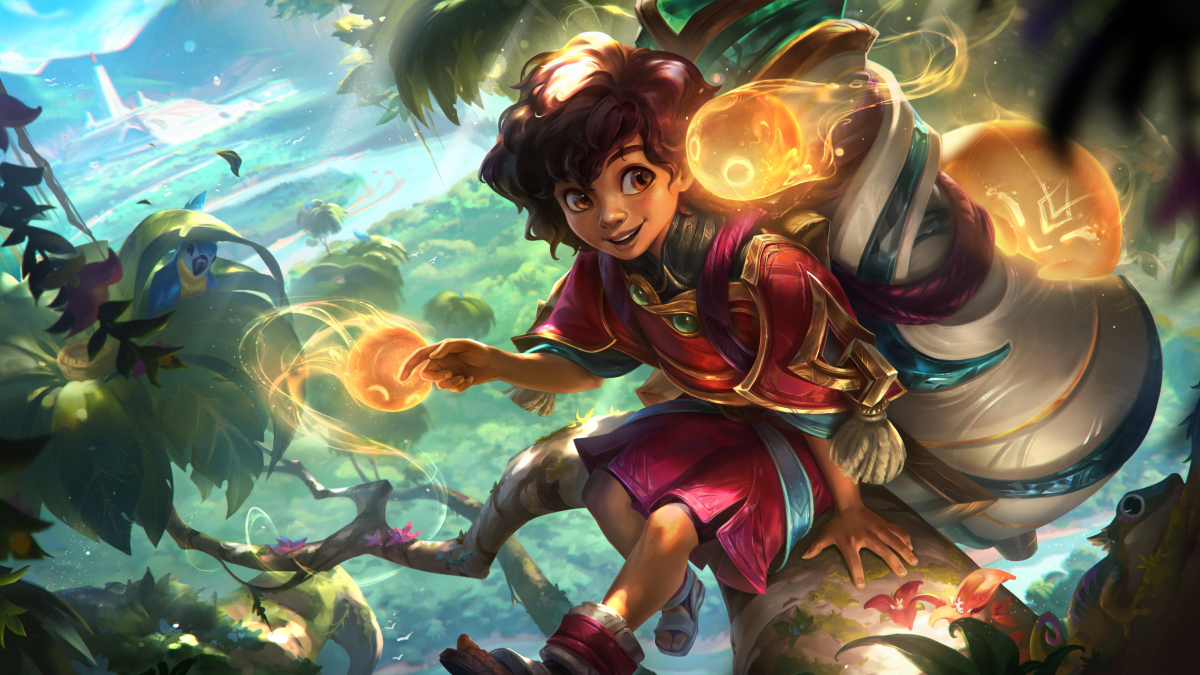
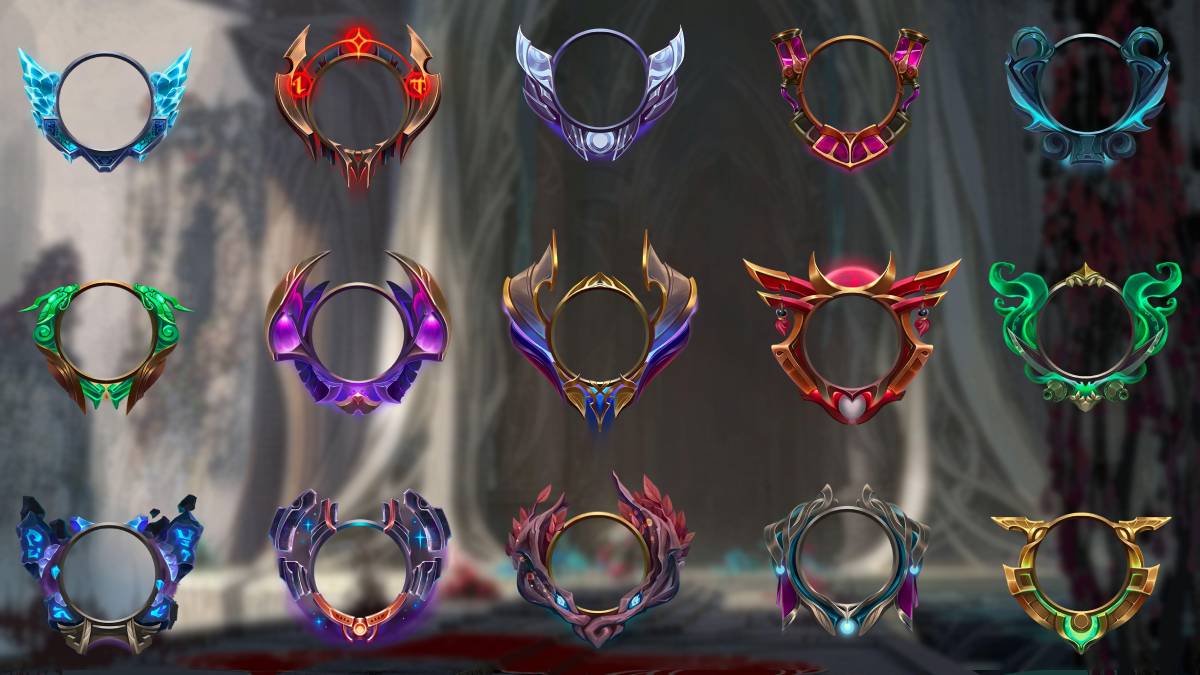
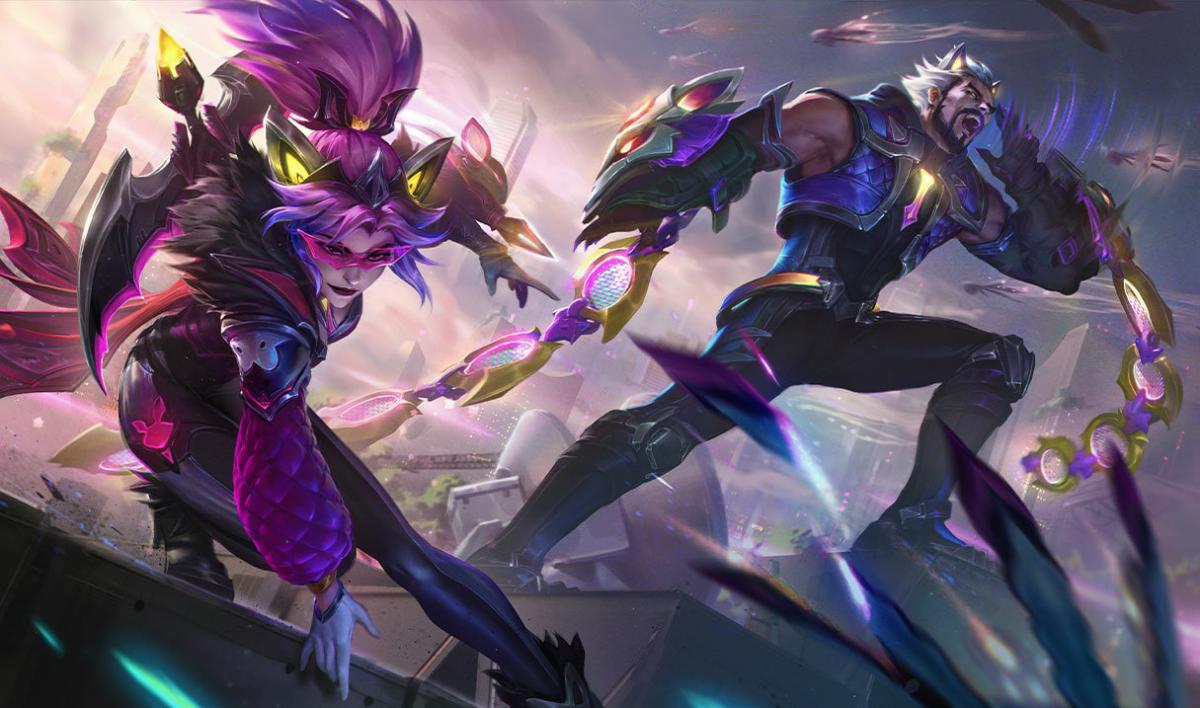

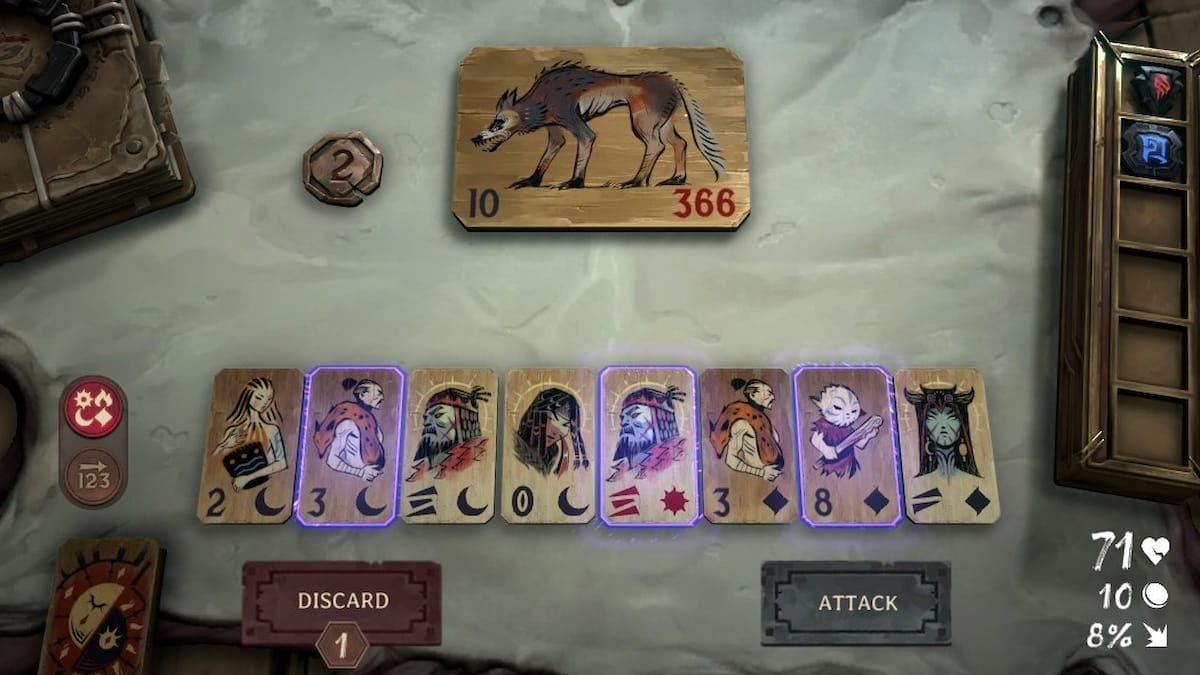




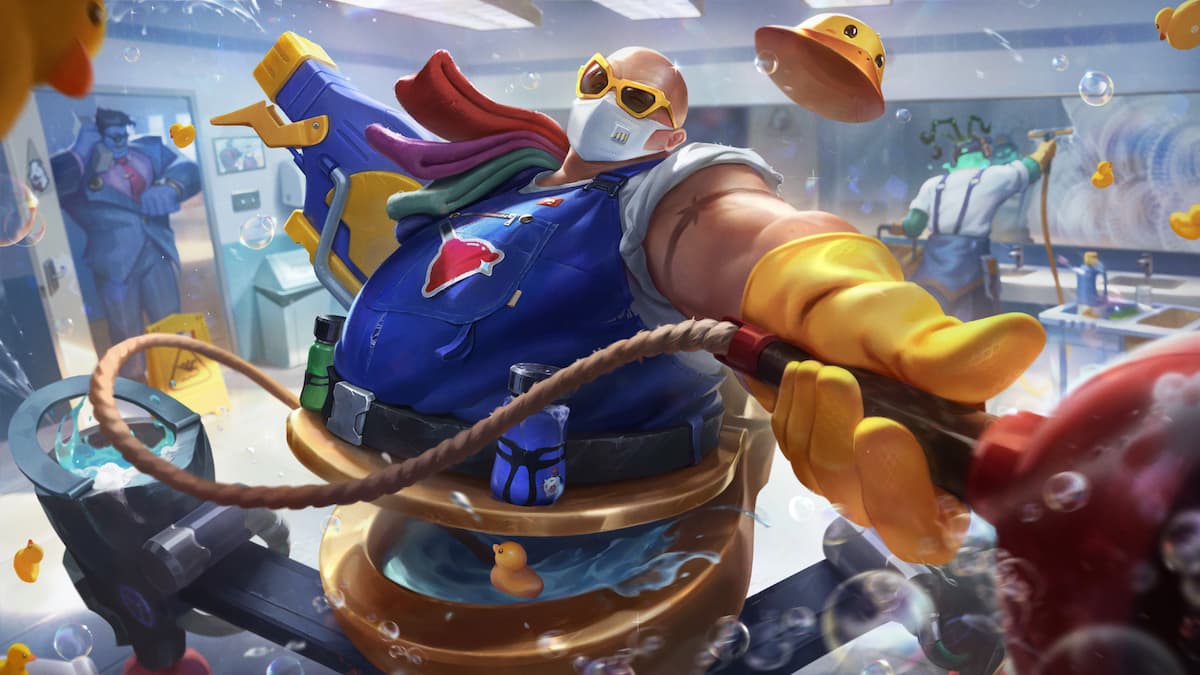

Published: Apr 3, 2023 12:44 pm